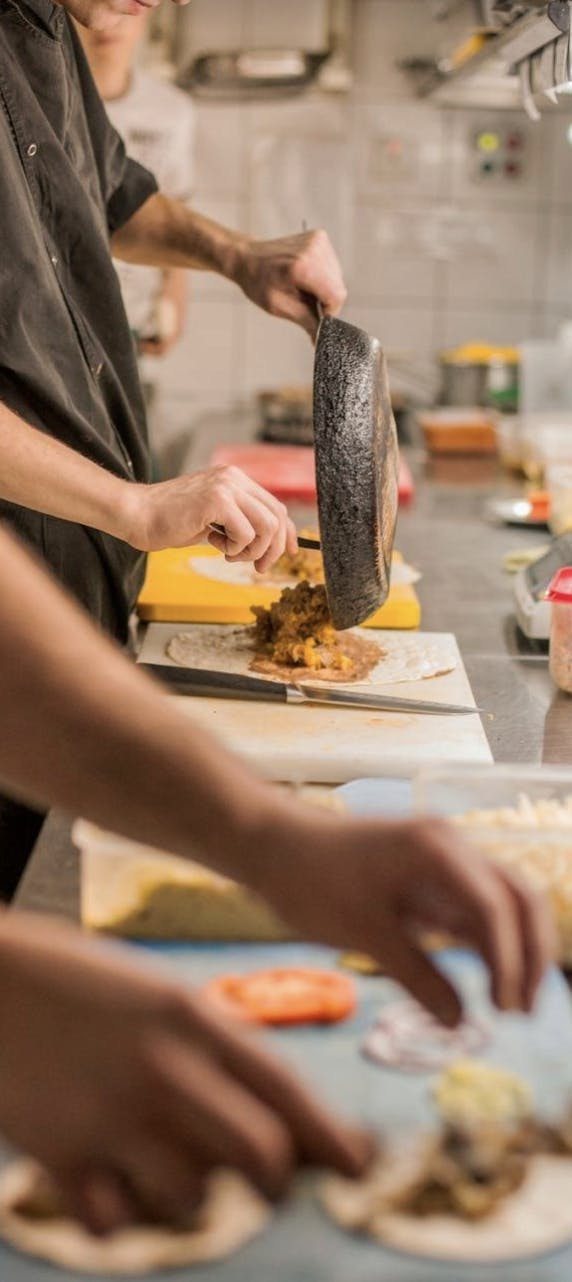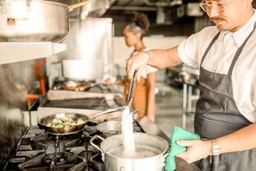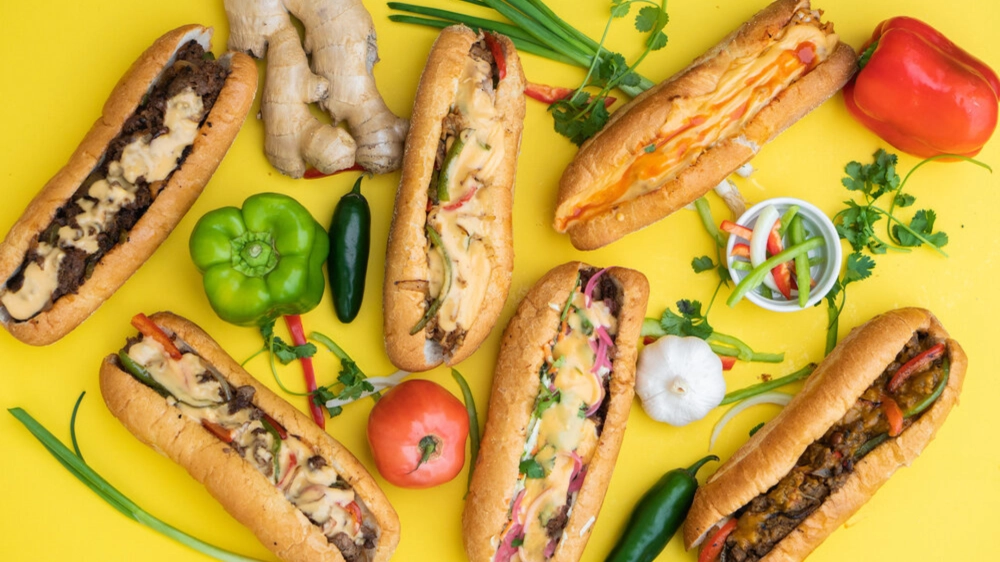How to Start a Ghost Kitchen, It’s Easier Than You Think
Table of Contents
CloudKitchens
How many tacos can be delivered from a 1000sqft restaurant?
The same amount as a 200sqft ghost kitchen.
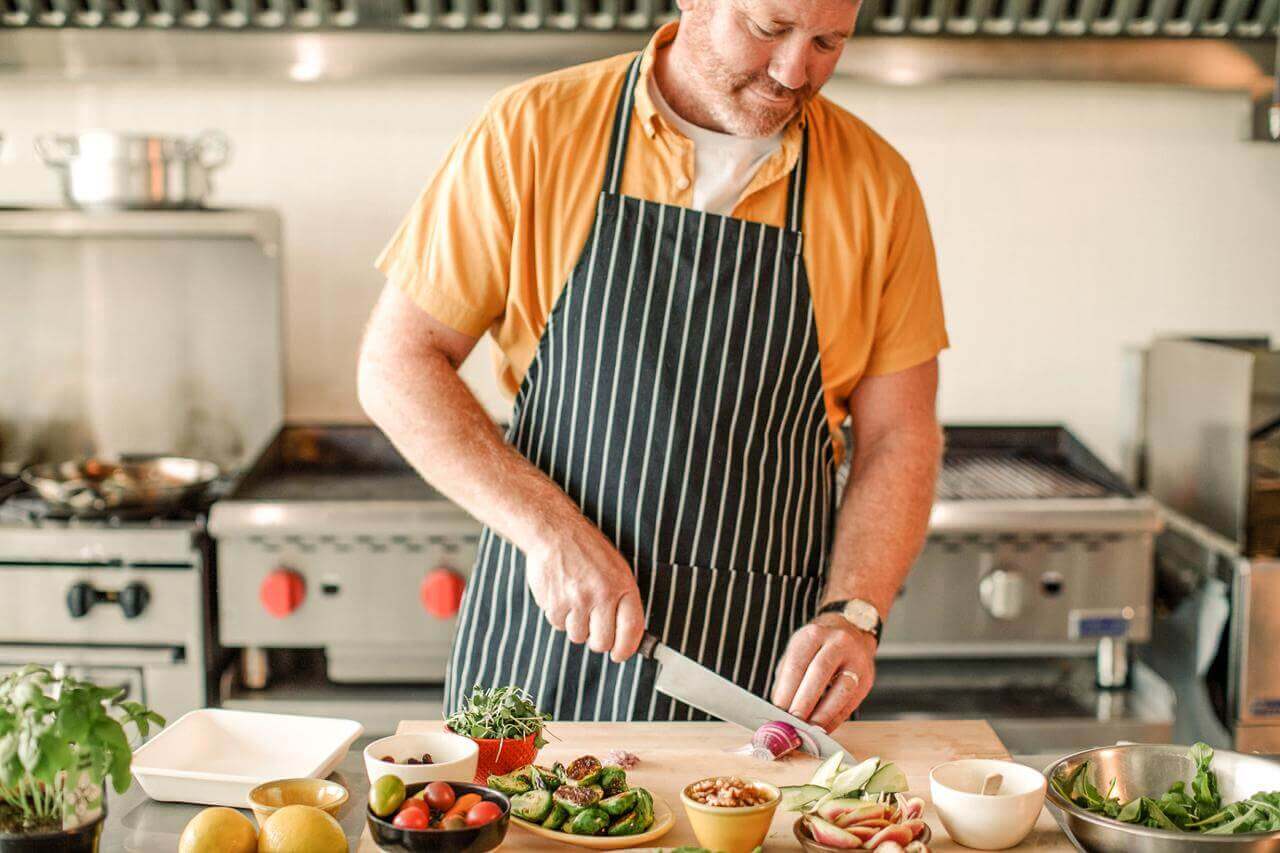
It’s increasingly clear that food delivery is the future. And while it doesn’t look like the drones, automated arms, and pneumatic tubes of The Jetsons, it’s definitely revolutionizing the way we order and enjoy takeout meals.
For now, optimizing food delivery operations is about as close as we can get to the futuristic world of George, Jane, Judy, and Elroy.
Ghost kitchens are a great addition to the restaurant industry and provide an opportunity to streamline the cooking, organizing, and delivering processes. But even with an inherently efficient system, there are always strategies to enhance the success of your in-the-works operation. Read on for tips on how to start a ghost kitchen business model with the proficiency and productivity of Rosey the Robot.
Here are the 8 Steps to start a Ghost Kitchens with Cloud Kitchens:
- Decide on a brand & concept
- Build a business plan
- Secure financial funding
- Choose the right location
- Obtain all the legal licenses and permits
- Scale with online delivery apps
- Hire and train your kitchen staff
- Kickstart marketing & advertising
Step 1. Decide on your brand, as well as your business
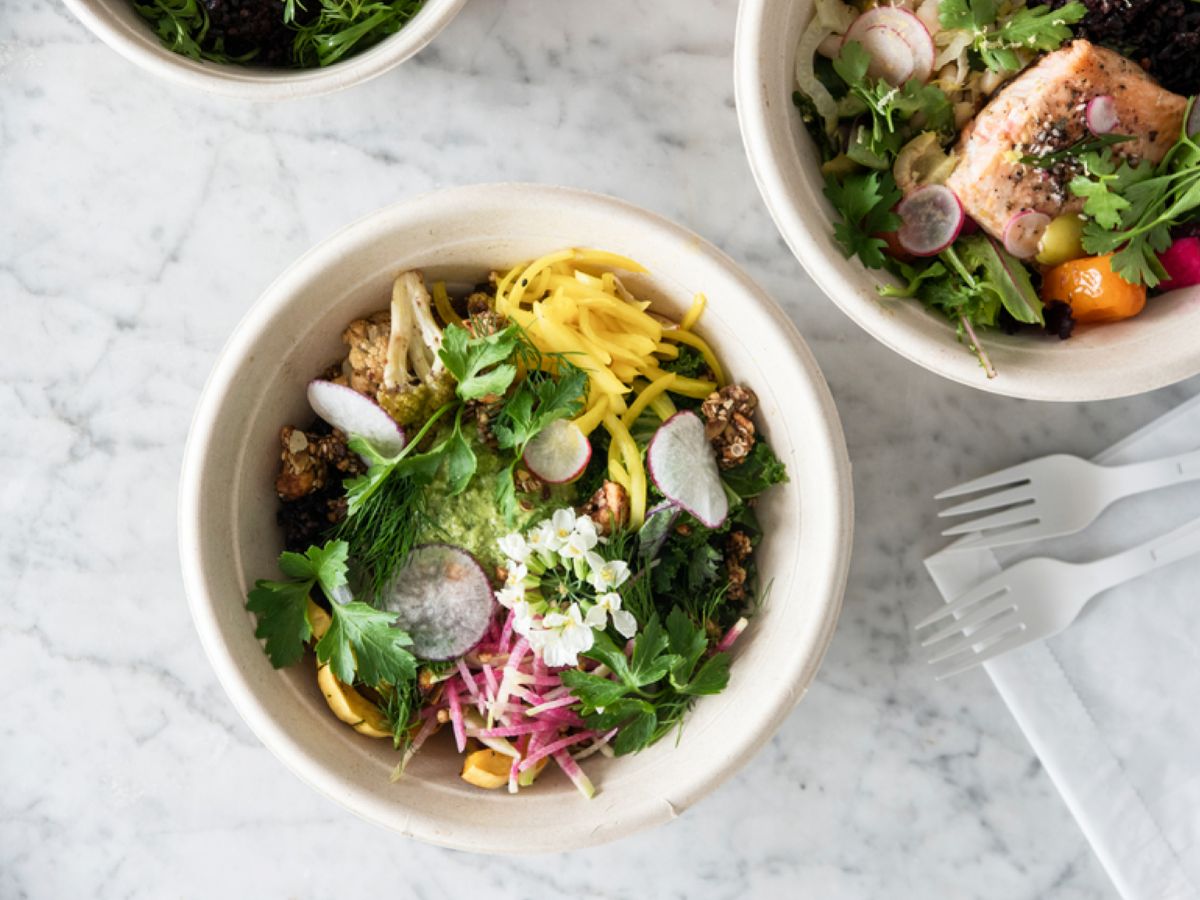
Without the crowds of passersby and guests stopping in on their way from one destination to another, your visual branding is paramount in capturing the attention of prospective customers.
How can you stand out when you have limited digital real estate and not much time to make a good impression? Your branding efforts should center around:
- Your logo: Depending on the delivery app, your potential customers might see your business’ name, logo, and a banner photo showcasing your food—that’s all! Your logo should feature a visually appealing design that tells the story of your business. This same logo should feature prominently on your delivery app listings as well as your website, social media, and packaging to create a cohesive identity.
- Your packaging: When an order arrives on the doorstep, there are only two components: the food itself and the packaging it comes in. Before they have the chance to dig into your delicious eats, elevate your brand by giving your customers a visual treat with eye-catching, clever, or fun packaging. One of the easiest and most effective ways to encourage customers to share your food business on social media is with designs that are worth an Instagram story or two.
Step 2. Build a business plan
Every new venture requires a comprehensive business plan outlining its structure, operations, finances, and marketing. For restaurants, this is crucial, given their higher risk of failure, especially within the initial year. A poorly crafted plan may hinder investor attraction and jeopardize licensing.
Approximately 30% of restaurants face closure in their first 12 months, emphasizing the vital role of a well-thought-out business plan in navigating the challenging terrain of the restaurant industry.
Regardless of the business’s type, most business plans include the following:
- An executive summary
- A company description
- A market analysis
- A marketing strategy
- A financial strategy
In addition to these common sections, restaurant business plans typically include:
- A menu overview
- A design plan
- A location assessment
- An employee plan
How To Write A Restaurant Business Plan →
Step 3. Secure financial funding
Venturing into ghost kitchens demands financial backing due to essential costs like facility setup, staffing, marketing, POS software, inventory, insurance, and licenses. This investment is crucial for success, as it expedites the launch process, provides cloud-based tools, and ensures compliance.
Ghost kitchens, particularly with partners like CloudKitchens, offer a cost-effective alternative to traditional restaurants, launching in as little as six weeks with a fraction of the capital investment, leading to quicker break-even periods and increased chances of success in the evolving food industry landscape.
How Much Does It Cost to Start a Ghost Kitchen: A Complete Guide →
Finding Restaurant Investors & How to Work With Them →
Step 4. Choose your location wisely
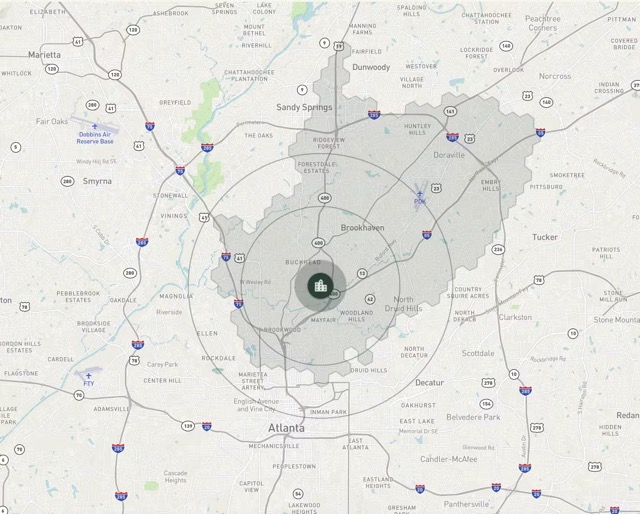
As they say, location is everything. Even with a non-dine-in establishment that relies only on online orders, not on foot traffic? Especially then.
Situating your ghost kitchen near the zip codes and neighborhoods that order the most deliveries will position your restaurant as a top choice for hungry families. They’ll see your listing on their go-to food delivery apps and know that their order will arrive in several minutes, not hours, the food will be fresh and still warm when it arrives, and they’re much less likely to face unexpected delays.
In a world that prioritizes instant gratification, the most convenient option often wins out—because who wants to wait an hour and a half for that chicken parm they’ve been craving all day?
Step 5. Obtain all the legal licenses and permits
Similar to opening a restaurant, setting up a ghost kitchen involves numerous legalities, with licenses and permits playing a pivotal role. Beyond a well-equipped kitchen, legal requirements are stringent, varying by location. From business registration to certificates of occupancy, acquiring an EIN, and securing food service licenses—each step is essential. Ghost kitchens need licenses like any brick-and-mortar restaurant. The process involves a meticulous approach, including obtaining a business license, EIN, certificate of occupancy, food service and handling permits, and, if applicable, a liquor license, ensuring compliance with regulations and laying the groundwork for operational success.
Here is a list of six key licenses and permits:
- Business License
- EIN
- Certificate Of Occupancy (COE)
- Food Service License
- Food Handling Permit
- Liquor License
6 Licenses and Permits Needed to Open a Restaurant →
Step 6. Scale with online delivery apps
With so many delivery apps swirling through the digital sphere, it’s essential to implement a simple system that manages all incoming orders simultaneously. Otherwise, you risk upsetting customers with late deliveries, incorrect meals, and missed orders.
The first step is integrating your various delivery platforms into one centralized Point-of-Sales (POS) system. Beyond that, you’ll want to customize your online ordering apps to provide clear, accurate, and updated information.

Here are a few easy ways to do that:
- Regularly update your menu: The only thing worse than seeing that your favorite menu option isn’t available is receiving a cancelation notification after placing your order and getting excited about your meal. By maintaining an accurate inventory of what is and isn’t in stock, you’ll avoid disappointing your customers and sending them to other, more reliable restaurants.
- Provide accurate ETAs: There��’s no denying the E in ETA, but even an estimated wait time should be as precise as possible—extraneous circumstances notwithstanding. By using a system that allows you to customize prep times or that automatically adjusts based on the volume of orders, you’ll give your customers a realistic wait time from the beginning, instilling trust rather than breeding resentment.
- Implement an organized hand-off system: Receiving orders is one thing. Preparing them is another. But transferring the food from your facility to a customer’s home? That requires a meticulous plan for sorting orders, passing them off to delivery service drivers, and double-checking that each order ends up in the correct location. Working with a dedicated order fulfillment team or individual can ensure satisfied customers all across the city.
Delivery Apps for Your Restaurant →
Benefits of Third-Party Food Delivery Apps →
Online Food Delivery: Best Practices for Efficient Apps →
Step 7. Staff your kitchen strategically
One major benefit of a ghost kitchen business model is the limited staffing requirements, which may help to lower overhead costs and attain higher profits. But, cutting out every position but the line cooks and head chefs may not be conducive to success either.
Aside from coordinating, fulfilling, and sending out delivery orders, you’ll want staff members prepared to handle the following in addition to their cooking duties such as updating your POS system, including menu edits, accurate prep times, unavailable items, and more. Also, customer service, if potential guests call or message to ask about certain items, allergies, ingredient substitutions, delivery options, and so on. Operational adjustments when inefficiencies become glaring.
Incoming order management to ensure every meal is prepared efficiently and correctly, including any substitutions or special requests.
With the above being taken care of, your business will be set up to thrive, even as the landscape shifts and your menu evolves. The inherent flexibility and malleability of a ghost kitchen are just some of the major benefits.
Step 8. Spread the word – digitally
No foot traffic, no sidewalk sandwich boards, no light-up signs above the awning? No problem! Turn to the digital world instead to attract customers in a whole new way.
To capture the attention of those not already browsing a delivery platform like Uber Eats, GrubHub, DoorDash, and the rest, you’ll need to reach them where they currently are: Instagram, Facebook, Twitter, TikTok, and the internet at large.
Focus on marketing efforts that help you get the word out about your business, such as:
- A share-worthy social media presence: When the only open lines of communication between you and your customers are apps, your digital presence should be one of your top priorities. Whether that means reaching parents and families on Facebook or nailing the latest trend on Instagram or TikTok, a shareable social media campaign showcasing your ghost kitchen will bring plenty of new attention to your business.
- Influencer marketing: Right alongside your own social media presence is that of others you can leverage for your benefit. By incentivizing local influencers—or simply your own customers—to share their orders on their stories or feeds, you’re tapping into all-new audience bases. All it takes is a slight discount or free coupon to encourage sharing to help bring more customers to your virtual restaurant.
- A quality website: As you prioritize new customer visibility and accessibility, you should focus your efforts on easy navigation, simple layout, and relevant information, starting with your menu, the delivery apps you’re featured on, and any special deals or promotions.
- Email newsletters: Starting a bi-weekly newsletter of your own virtual brand is a great way to remind customers of your value and highlight new menu items and offerings. However, attracting new customers requires tapping into unfamiliar audiences. For that, you may want to look into local email blasts that share updates with your community.
- Recommendation apps: Word-of-mouth marketing has always been a primary driver of success in the food industry. These days, “word-of-mouth” isn’t always so literal, but plenty of people still trust genuine reviews and recommendations over branded messaging. Signing up for or ensuring your listing is accurate and enticing on sites like Yelp, Nextdoor, and Google Business Profile can go a long way in capturing new customers and drawing them to your ghost restaurant.
Restaurant Marketing: The Ultimate Guide →
Here’s How to Master Your Restaurant Marketing Strategy →
Social Media Marketing Guide & Tips for Restaurants →
Pros and cons of starting your own ghost kitchen
| Pros | Cons |
|---|---|
| Lower overhead with smaller kitchen size | Less opportunity to build customer relationship |
| Faster launch than traditional restaurant | Diners still prefer the offline dining experience |
| Focus on cooking food |
Every business endeavor has its risks and rewards. It’s important to carefully evaluate these for a ghost kitchen, just like you would for any other traditional restaurant, and take proactive steps to mitigate the cons.
Pros: An easier alternative to a successful food business
There are many advantages when it comes to opening a ghost kitchen in terms of financial freedom, time investment, management practice, and flexibility.
Here’s what a few of those benefits look like:
- Low overhead: Start-up costs for traditional restaurants range from around $175,000 for a small restaurant to $750,000 and beyond for a large-scale operation. Ghost kitchens require only a fraction of the cost, typically less than $50,000.
- Faster launch: You can skip the design and construction of a new building, permits and zoning, tricky renovations, and decor, and turn what could be six months to a year of your life into just one month with a ghost kitchen.
- Focus on food: Ghost kitchens allow amazing chefs to do what they do best and secure the types of customers who appreciate them for it.
Cons: An all-new arena to navigate
Naturally, every step forward brings a new set of challenges. Although there may be some cons to starting a ghost kitchen, they’re simply hurdles to overcome.
As you plan for your future ghost kitchen, you should keep these factors in mind and adjust your strategy accordingly:
- Less opportunity to build customer relationships: Even a delivery-only restaurant should reach its customers and learn what they want and need. Instead of building those relationships through face-to-face interactions, you might instead look for ways to reach people where they’re ordering: on their devices. Creating thoughtful, personable content and providing discounts or loyalty programs will help you engage with and retain customers for your virtual restaurant where in-person relationship-building falls short.
- Existing expectations of restaurants: While online ordering has increased significantly since the beginning of the pandemic, there are still many people who either aren’t comfortable ordering online or simply don’t understand the concept of a ghost kitchen. Educating your patrons on the value and simplicity of this newfound virtual kitchen style will be part of the job.
How CloudKitchens makes ghost kitchen dreams a reality
Ghost kitchens are truly the future of online ordering. With low overhead, great flexibility, and streamlined order fulfillment, they offer restaurant owners a new way of doing what they do best: making wonderful food for others to enjoy. Now that you know more about how to start a virtual kitchen, the next step is finding a trusted partner to make it real.
Here at strategically located CloudKitchens, we provide the 200-square-foot kitchen space as well as utilities, the single tablet needed to track orders, and even the courier employees necessary for getting the food to the customer.
All that’s left for you to do is cook—bon appétit!
Ready to open a restaurant? Tour a CloudKitchens facility today!
Need a ghost kitchen in Denver, NYC, Orlando, Chicago, or more? We have you covered in every major region of the country.
Explore ghost kitchen locations across the US:
| DISCLAIMER: This information is provided for general informational purposes only and the content does not constitute an endorsement. CloudKitchens does not warrant the accuracy or completeness of any information, text, images/graphics, links, or other content contained within the blog content. We recommend that you consult with financial, legal, and business professionals for advice specific to your situation. |
Read more:
- Efficient Online Food Delivery Apps
- 18 Catering Trends to improve your business success!
- Top delivery solutions every restaurant should know about
- How food delivery services can expand your customer base in 2025
- Start your Virtual Restaurant: The ultimate success blueprint
- Start a food delivery service: your complete how-to guide
Sources:
The Next Big Thing in Food Franchising? Ghost Kitchens Get a Pandemic Boost. https://www.nerdwallet.com/article/small-business/starting-a-restaurant
More insights & stories
There’s more where that came from.
Get in the know and check out our additional insights
